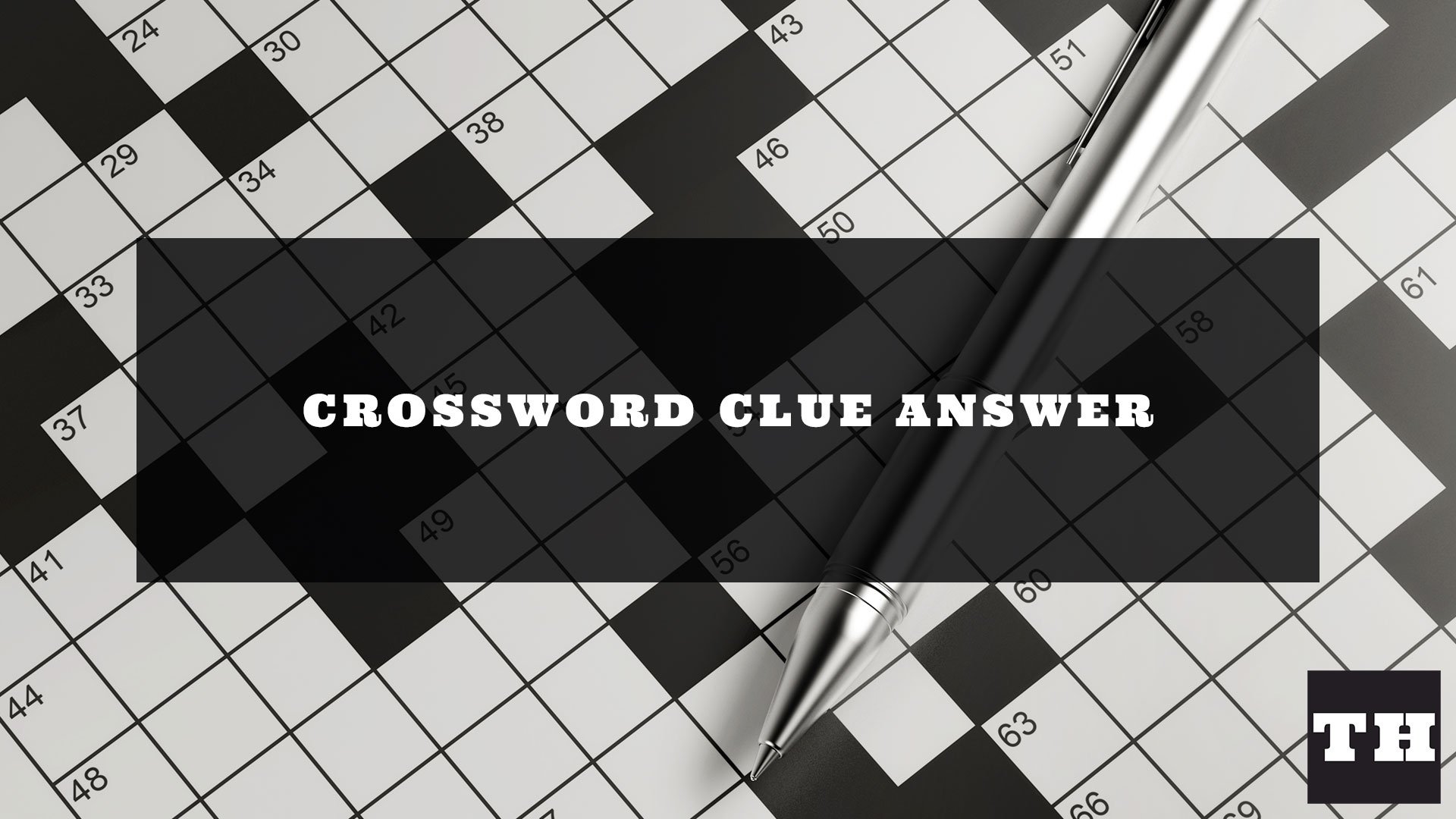Loose Parts Play in Preschool: A Guide for Educators and Parents
Loose parts play involves objects that children can move and manipulate to learn about how things work. Discover the many benefits of loose parts play. The type of play preschoolers engage in dramatically impacts their future cognitive, social, emotional, and physical skills. Loose parts play, where children can manipulate various objects and materials, develops creativity, critical thinking, and problem-solving skills in preschoolers.Loose parts play involves objects or materials that can be manipulated or moved and provide children with endless opportunities to build during playtime. Children who play with loose parts are encouraged to use their imagination and creativity.Architect Simon Nicholson wrote about his theory of loose parts in 1971 which emphasized the idea that children naturally manipulate open-ended materials, or loose parts, during investigative play experiences, developing skills such as problem-solving and critical thinking.The various stages of play are very important to a child’s overall growth and development, helping them learn essential skills they can build upon as they grow. Below, we elaborate on the benefits of loose parts play for preschoolers:



